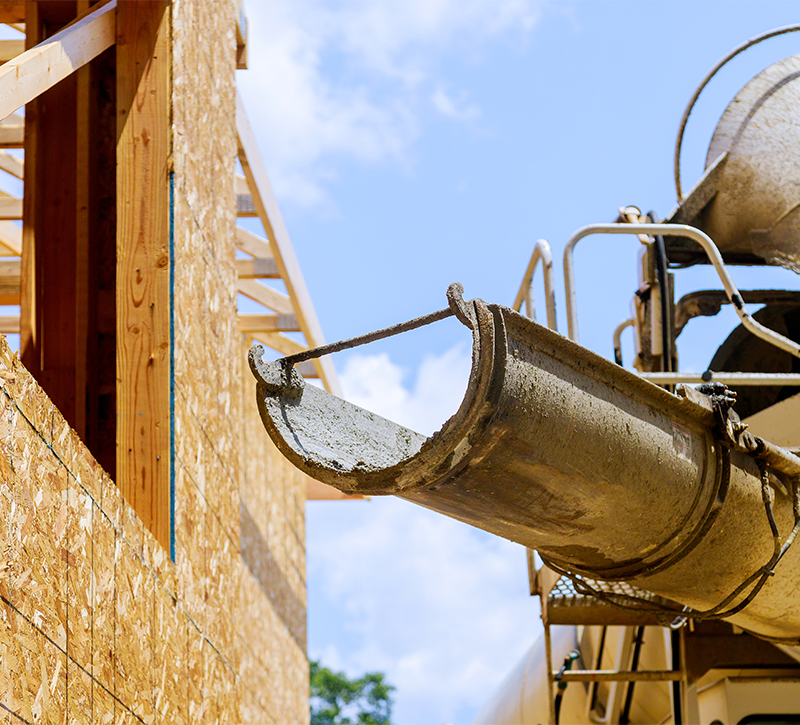
Concrete Insulating: What You Need to Know

If you live in a home with a concrete foundation, you may be wondering about the best way to insulate it. Concrete has a low R-value, which means it's not the best insulator. However, there are ways to improve the insulation of your concrete foundation to make your home more energy-efficient.
One of the most common methods of insulating concrete is to use foam board insulation. Foam board insulation is a type of rigid insulation that comes in sheets. It's made from polystyrene, polyisocyanurate or polyurethane and it's typically installed on the exterior of the foundation.
Foam board insulation is a great option because it's lightweight, easy to install and it has a high R-value. It also provides a continuous layer of insulation, which helps to prevent thermal bridging.
Another option for insulating concrete is to use spray foam insulation. Spray foam insulation is a type of polyurethane foam that's sprayed directly onto the concrete. It expands and fills gaps and cracks, creating an airtight seal.
Spray foam insulation has a higher R-value than foam board insulation, and it provides better coverage. However, it's more expensive and requires professional installation.
If you're looking for a more affordable option, you can also insulate your concrete foundation by using batt insulation. Batt insulation is a type of fiberglass insulation that comes in rolls or sheets. It's typically installed between the concrete and the interior walls of your home.
While batt insulation is a cheaper option, it's not as effective as foam board or spray foam insulation. It also requires a lot of work to install properly and it's not as resistant to moisture and pests.
No matter which method you choose, insulating your concrete foundation is a great way to make your home more energy-efficient and comfortable. It can also help you save money on your energy bills and reduce your carbon footprint.
Benefits of Concrete Insulation
Energy Efficiency
One of the primary benefits of concrete insulation is improved energy efficiency. By reducing the transfer of heat, the insulation can help keep the interior of a building warmer in the winter and cooler in the summer. This can result in significant energy savings and reduced heating and cooling costs.
Comfort
Concrete insulation can also improve the comfort of a building's occupants. By reducing heat transfer, the insulation can help maintain a more consistent temperature throughout the building, reducing the need for heating or cooling adjustments.
Moisture Control
Concrete insulation can also help control moisture, which is important for maintaining the structural integrity of a building. Moisture can cause concrete to weaken and crack over time, which can lead to costly repairs. Insulation helps reduce the amount of moisture that enters the concrete, helping to extend its lifespan.
Noise Reduction
In addition to its insulation properties, concrete insulation can also help reduce noise transmission. This is particularly important in buildings where noise levels need to be kept to a minimum, such as hospitals, schools and residential buildings.
Types of Concrete Insulation
There are several types of concrete insulation available, including:
Spray foam insulation: This type of insulation is applied as a liquid and expands to fill the space between the concrete and the insulation material.
Rigid foam board insulation: This type of insulation is made of foam boards that are applied to the surface of the concrete.
Blanket insulation: This type of insulation is made of mineral wool or fiberglass and is applied in rolls or blankets to the surface of the concrete.
If you have a concrete foundation, it's important to consider the best insulation options for your home. Foam board insulation, spray foam insulation and batt insulation are all viable options, each with its own advantages and disadvantages. Consult with a professional insulation contractor to determine the best method for your specific situation.

 Rated Excellent
Rated Excellent